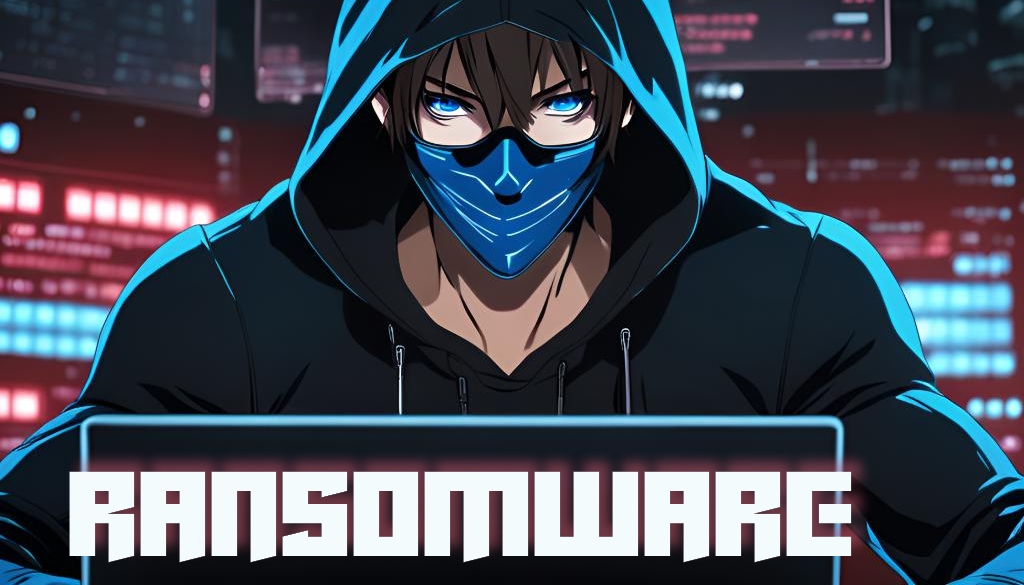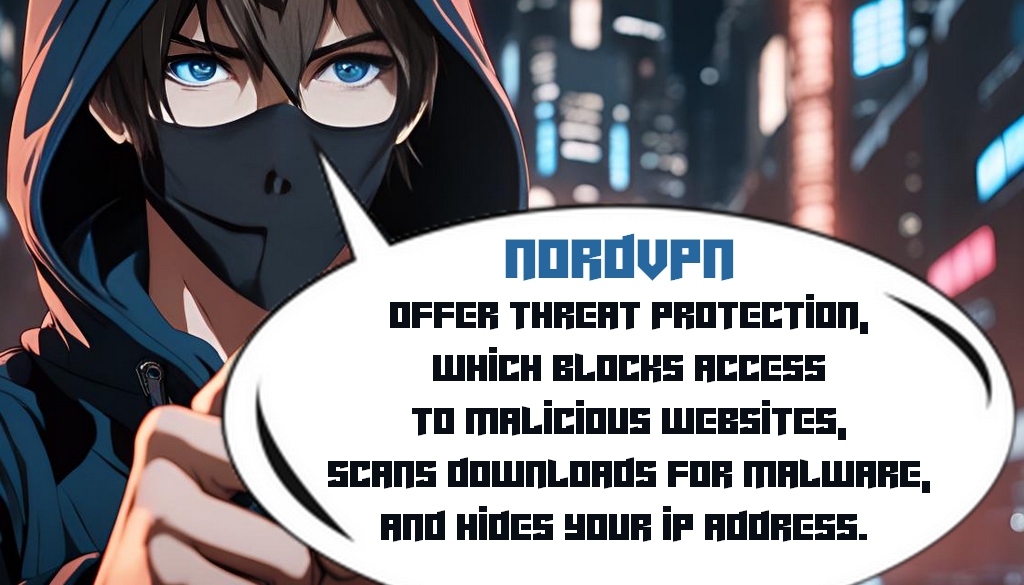
Ransomware hasn’t disappeared—it’s evolving. Despite fewer payments, attacks are becoming more targeted and harder to detect. Learn how it works and how to protect yourself.
Ransomware is one of the most aggressive forms of cybercrime today. It encrypts a victim’s data and demands a ransom—often in cryptocurrency—for the decryption key. Victims can be anyone: individuals, hospitals, governments, or global enterprises. These attacks are anything but quiet. They lock screens, flash urgent warnings, and bring businesses to a halt.

How It Spreads
Most ransomware enters through phishing emails, malicious attachments, or exploited vulnerabilities in outdated software. Once inside, it spreads laterally through the network, encrypting valuable files and, in many cases, exfiltrating data for added leverage.
Evading Antivirus: A Cat-and-Mouse Game
Although antivirus and EDR tools have improved significantly, ransomware still finds ways to slip through. Modern variants use obfuscation, encryption, fileless techniques, and even legitimate system tools like PowerShell to avoid detection. Ransomware-as-a-Service (RaaS) platforms constantly update their payloads to stay ahead of signature-based antivirus systems, making detection increasingly difficult.
Are Attacks Really Declining?
There’s a common belief that ransomware is fading—but the truth is more complex:
- 🔽 In 2022, ransomware attacks dipped compared to the 623 million attacks recorded in 2021.
- 🔼 By 2023, however, attacks surged again, with over 317 million attempts globally—making up 70% of all cyberattacks.
- 💰 In 2024, total ransom payments dropped by more than a third (from $1.25 billion to $813 million), suggesting that victims are less willing to pay, and law enforcement crackdowns are improving.

Even though some sectors reported fewer attacks, financial institutions were hit harder, with 65% affected in 2024—almost double compared to 2021.
How to Defend Against It
🔁 Backup Regularly — Keep secure, offline or cloud backups of your critical data to avoid total data loss in case of an attack.
🛠️ Patch Systems — Always update your operating system and software to close known vulnerabilities that ransomware can exploit.
📨 Phishing Awareness — Train employees to recognize suspicious links, fake attachments, and social engineering tactics often used to deliver ransomware.
🧠 Use Behavior-Based Security — Traditional antivirus may miss new variants. Use advanced endpoint detection and response (EDR) tools that detect unusual behavior.
🧱 Network Segmentation — Divide your network into zones to prevent ransomware from spreading laterally once it gets in.
🌐 Use a VPN with Threat Protection — Services like NordVPN offer Threat Protection, which blocks access to malicious websites, scans downloads for malware, and hides your IP address. This reduces your exposure to phishing traps, infected downloads, and targeted attacks.
Conclusion
Ransomware isn’t disappearing—it’s evolving. While fewer victims may be paying, attackers are becoming more sophisticated. The threat remains real, loud, and dangerous. The best defense? Stay informed, stay updated, and prepare for the unexpected.













